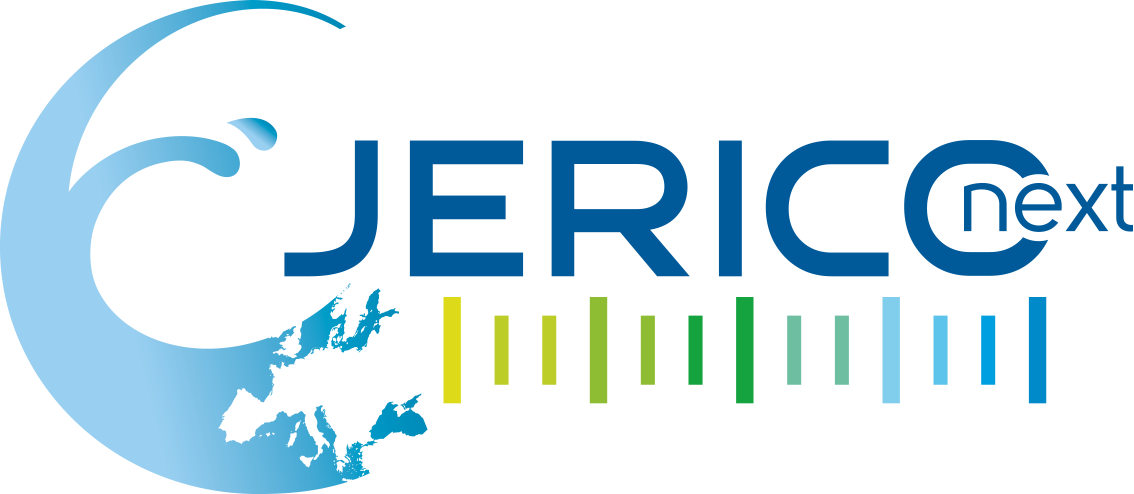Submitted by Eva Chatzinikolaou on

The LifewatchGreece team participated in the 11th Greek Symposium of Oceanography and Fisheries that took place in Lesvos island during 13 -17 May 2015.
The LifewatchGreece scientific coordinator, Dr Christos Arvanitidis, presented the progress and the current achievements of the Reserach Infrastructure. The full presentation can be found here.
Mrs Thekla Anastasiou presented the " Imposex status and organotin concentrations in Hexaplex trunculus (Linnaeus, 1758) from the port of Cagliari (Sardinia)". Organotins are toxic substances released into the marine environment from antifouling paints. Sixty two years following their first application and six years after their complete ban in EU ports, their negative impact on molluscs is still evident, as indicated by imposex (i.e. masculinization of female prosobranchs). Imposex is widely used as a TBT biomarker, with Hexaplex trunculus, one of the most common Mediterranean gastropods, being a sensitive bioindicator. Morphological and chemical analyses of H. trunculus collected from the port of Cagliari showed high frequency of imposex and high concentrations of organotins, indicating that the specific chemicals remain a significant pollution issue in Mediterranean.
The morphological and chemical data derived from this work will be uploaded in the LifewatchGreece database.
Dr Vasilis Gerovasileiou presented the “Living hotels” in marine caves: the sponge Agelas oroides. Although sponges dominate in marine caves, their functional role as ecosystem engineers had not been studied in this habitat. In the present study the functional role of the sponge Agelas oroides was studied in a marine cave of Lesvos Island, North Aegean Sea. Nine sponge specimens were collected from 3 distinct cave zones and their symbiotic fauna was studied. A total of 56 taxa were indentified. The sponge was found to maintain its functional role as a “living hotel” by providing refuge to several symbionts across the cave; these results highlight the significant role of sponges for this individual ecosystem.
The biodiversity data for marine cave ecosystems that were derived from this work will be uploaded in the LifewatchGreece database.
Dr Giorgos Chatzigeorgiou presented the "Potential links between polychaete community structure and population genetics (Hermodice carunculata) patterns in the shallow hard substrates".The spatial and temporal variation of the polychaete community structure pattern and its potential links with the genetic diversity ones was examined in the hard substrates of the northern Cretan costs. Hermodice carunculata (Pallas, 1766) was chosen as a species model since it's the most abundant species in eastern Mediterranean hard bottoms. The data set was created over two successive years at two locations in Crete and was compared with similar findings from a previous study. The community polychaete diversity of the two aforementioned locations was assessed by means of beta diversity (bw), while for the population genetic diversity analyses the mtCOI gene data was used (FST,). Although there is no remarkable oceanographic barrier between the two locations a high genetic diversity with notable differences between the two populations of H. carunculata was found. The results from the community diversity, based on bw index, showed a high divergence between the communities from two locations. The relatively high divergence observed in both levels of the biological organization might suggest that local environmental factors may affect them in the same way.
The genetic data for the hard substrate Polychaeta populations that were derived from this work will be uploaded in the LifewatchGreece database.
Mrs Wanda Plaiti presented a poster on "Peracarida Crustacean populations of three Mediterranean harbours". Port authorities need to develop management and conservation strategies to ensure both the development of anthropogenic activities, as well as the protection of natural resources / habitats. This entails the need to assess the status of the macrobenthic assemblages and the mechanisms by which such assemblages are created within harbours. Among others, Peracarida is an abundant taxon of the marine benthic soft sediment communities, therefore this taxon is considered as a suitable indicator for both water and sediment quality. The Peracarida community of 3 Mediterranean harbours was studied by analyzing 185 samples (37 stations, 5 replicates/station). The results showed that the Peracarida community patterns are harbour - specific.
The biodiversity data for Peracarida crustacean populations that were derived from this work will be uploaded in the LifewatchGreece database.





